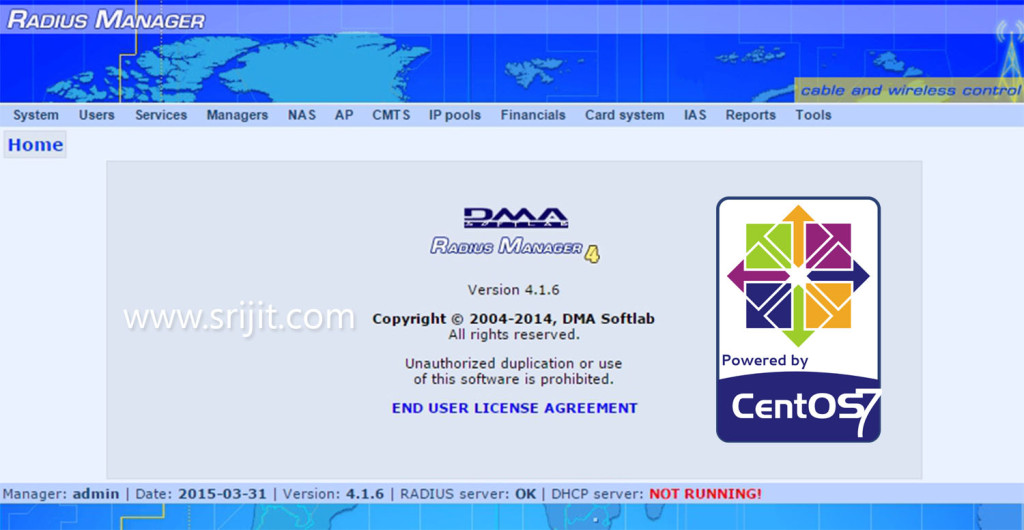
On the interface level I need to tell the switch that these are host ports by issuing the switchport mode private-vlan host command. Interface fa0/1 and fa0/2 are connected to H1 and H2 and belong to the community VLAN 501. SW1(config-if-range)# switchport private-vlan host-association 500 501 SW1(config-if-range)# switchport mode private-vlan host Last but not least I need to tell the switch that VLAN 501 is a secondary VLAN by using the private-vlan association command. Secondly I am creating VLAN 500 and configuring it as the primary VLAN with the private-vlan primary command. First I create VLAN 501 and tell the switch that this is a community VLAN by typing the private-vlan community command. Let’s start with the configuration of the community VLAN. SW1(config-vlan)# private-vlan association add 501 Let’s get started! SW1(config)# vtp mode transparentĬonfiguring private VLANs requires us to change the VTP mode to Transparent.

Having said that, let’s get started with a nice topology picture: If you have no idea what a protected port or VLAN is, I highly recommend to read my previous lesson first. This time we will look at the private VLAN which I can best describe as protected ports on steroids.

In a previous lesson, I explained the protected port feature on Cisco Catalyst Switches.


 0 kommentar(er)
0 kommentar(er)
